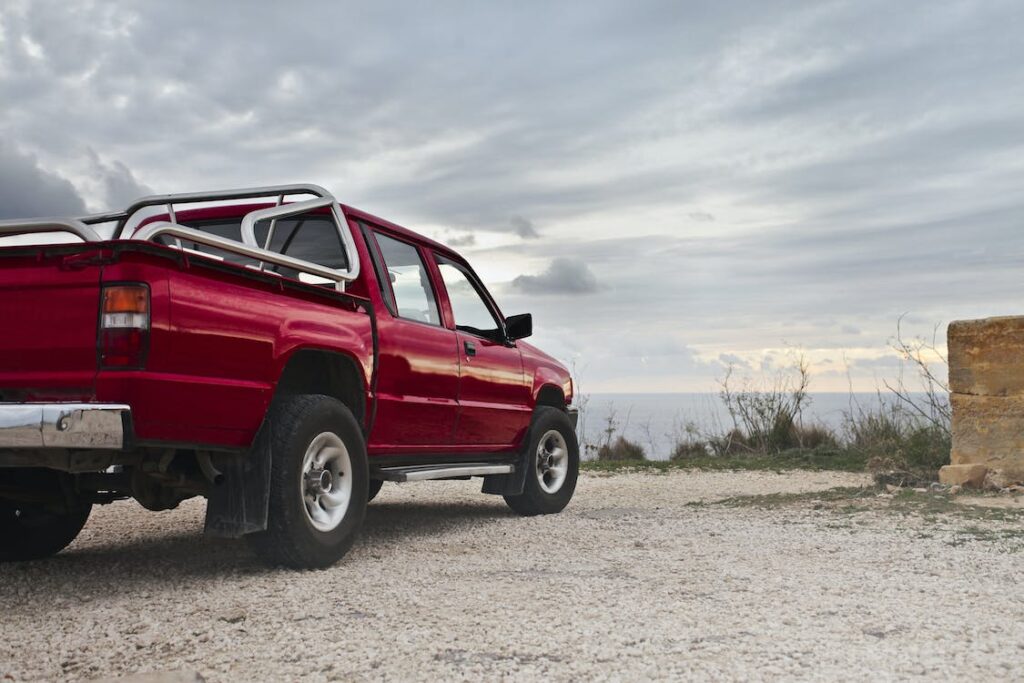
How Long Can You Drive with the Oil Light On?
How long can you drive with the oil light on? The oil light in your car is an important warning indicator that should never be ignored. It serves as a crucial reminder to check your vehicle’s oil levels and address any potential issues promptly. But what happens if you find yourself driving with the oil light on?
Understanding the Oil Light
How long can you drive with the oil light on? The oil light is typically labeled “oil” or “check engine” and is usually red or amber in color. Its purpose is to warn the driver when the engine’s oil pressure drops below a safe level.
Consequences of Ignoring the Oil Light
Ignoring the oil light can have severe consequences for your vehicle’s engine. The engine’s oil is responsible for lubricating and cooling its moving parts, reducing friction, and preventing wear and tear. When the oil light is on, it indicates that the engine is not receiving the proper lubrication, which can lead to:

Increased Friction and Heat
Without proper lubrication, the engine’s components rub against each other, causing increased friction and heat. This can lead to accelerated wear, damage to engine components, and potential engine failure.
Engine Seizure
Continued driving with the oil light on can result in engine seizure. Engine seizure occurs when the lack of lubrication causes the engine’s moving parts to seize or lock up completely. This is a catastrophic event that can render the engine irreparable.
Factors Affecting How Long You Can Drive
The duration you can drive with the oil light on depends on various factors, including:
Oil Level
If your vehicle’s oil level is critically low, driving for even a short distance can cause significant damage to the engine. In such cases, it’s best to pull over immediately and address the issue.
Driving Conditions
Driving conditions also play a role in determining how long you can drive with the oil light on. Stop-and-go traffic, extreme temperatures, or towing heavy loads can increase engine stress and expedite damage.
Engine Design and Condition
How long can you drive with the oil light on? Newer engines are equipped with advanced oil pressure sensors and engine management systems that provide more accurate warnings. Older engines may not provide as precise indications, making it riskier to drive with the oil light on. Additionally, the overall condition of your engine, including its age and maintenance history, can impact its tolerance to prolonged oil starvation.

Actions to Take When the Oil Light Comes On
When the oil light comes on while driving, it’s essential to take immediate action to prevent further damage. Here are the steps you should follow:
Pull Over Safely
As soon as it’s safe to do so, find a suitable place to pull over and turn off the engine. Avoid stopping on a busy road or in a hazardous location.
Check Oil Levels
Open the hood and check the oil levels using the dipstick. If the oil level is critically low, do not attempt to continue driving. Instead, call for roadside assistance or have the vehicle towed to a mechanic.
Add Oil (If Necessary)
If the oil level is low but not critically low, you may decide to add oil temporarily to get to a nearby service station or mechanic. However, keep in mind that this should only be a temporary solution, and it’s still crucial to address the underlying issue.
Seek Professional Help
Regardless of the oil level, it’s advisable to consult a professional mechanic to diagnose and fix the problem. They can determine the cause of the oil light, whether it’s a simple fix like an oil leak or a more serious engine issue.
Ensure you remain mindful of the lifespan of your engine when testing your automobile.
The Super Kilometer Filter presents a cutting-edge solution by preventing the accumulation of distance traveled while your car is in motion. Originally designed for testing and calibration, this remarkable device effectively pauses the mileage recording process, ensuring that no extra miles are added to the original distance. Additionally, the system utilizes state-of-the-art technologies and doesn’t retain any data in the control units, guaranteeing the information remains untraceable and undisclosed to any party.
Takeaway
How long can you drive with the oil light on? Driving with the oil light on is a risky proposition that can lead to severe engine damage if ignored. While the exact duration you can drive varies based on several factors, it’s best to err on the side of caution and address the issue immediately. Regular vehicle maintenance, including checking oil levels and addressing any warning lights promptly, can help prevent costly engine repairs and keep your car running smoothly. Remember, when it comes to the oil light, it’s better to be safe than sorry.




